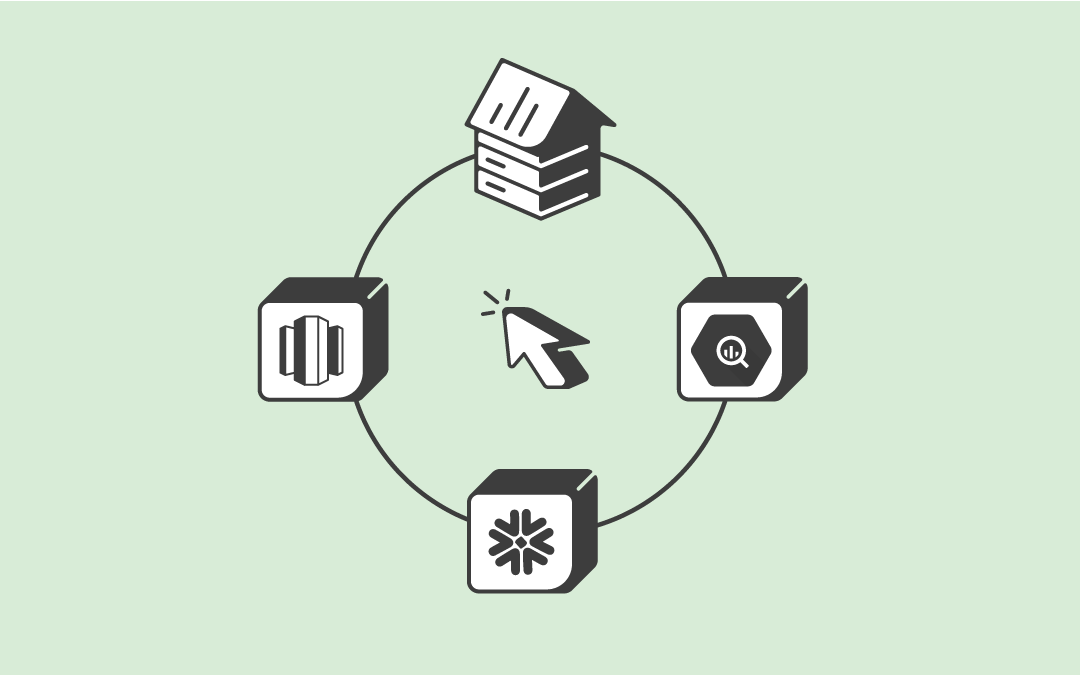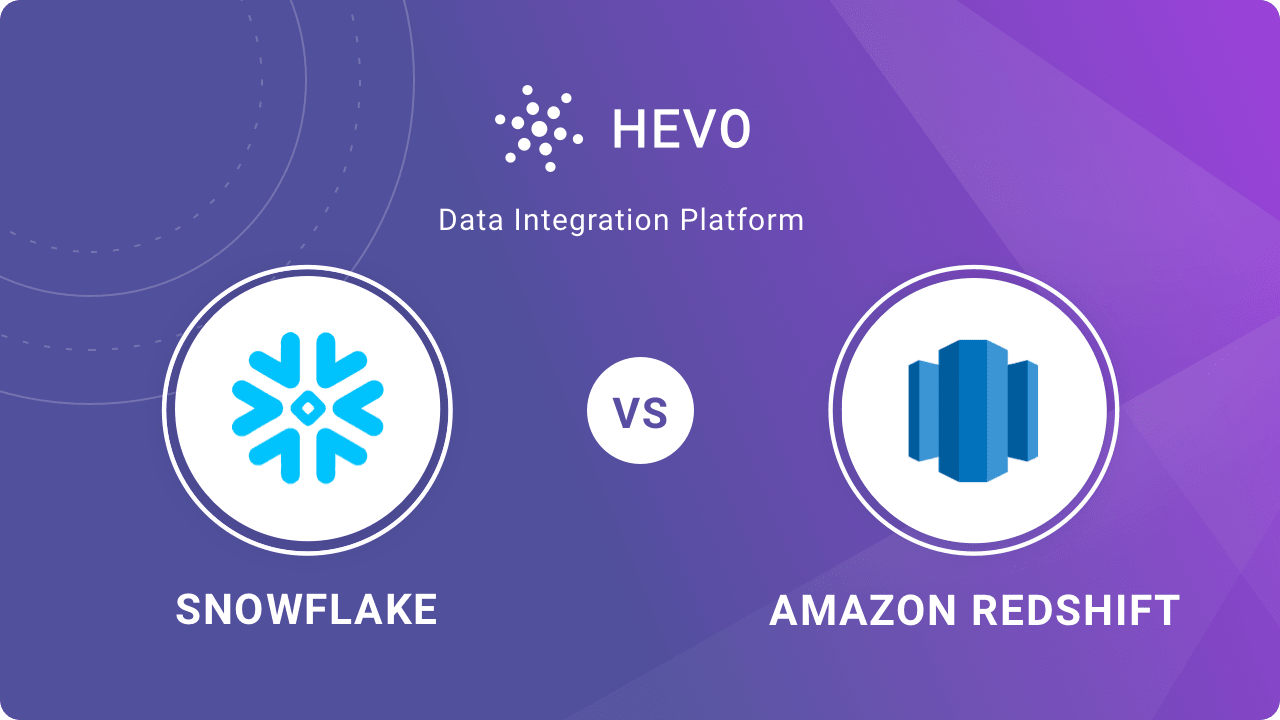

Want to land your dream job in AWS? Brush up on your knowledge with our expertly curated list of AWS interview questions! Choosing the right data warehouse will deliver an enhanced long-term ROI through constant improvement of speed, accuracy, and efficiency of data-driven actions. But, to actually see savings, you will have to commit to Redshift’s one- or three-year RI.īefore choosing Snowflake or Redshift, it is essential to consider the necessary resources for the business’ specific volume of data, data processing, and requirements for data analysis. The volume, types of data, geographical location, and cloud platform determine the different editions.Īs a result, it can be concluded that Redshift is less costly as compared to Snowflake when it comes to on-demand pricing. One can choose to do away with some of the features and do cost-cutting on the features that are not aligned with one’s business requirements. Snowflake packs five editions, which also come with additional features having an ascending level of price. It offers the option to pay by the hour, by type, and nodes in each cluster or by the measure of scanned bytes. There is a possibility of scoring large discounts with Redshift if a one- or three-year contract is committed. It offers a fixed amount of concurrency scaling daily, which is charged per second once the usage is exceeded. Redshift pricing, on the other hand, packages both storage and computing together. Additionally, concurrency scaling is automatically included with all editions of Snowflake. Snowflake pricing is done separately for storage and computing usages. Associated features are, however, packaged separately. Snowflake and Redshift both have on-demand pricing. Usually, it is advisable to consider long-term benefits before looking at the price tag. Its sharing functionality allows quick sharing of governed and secure data in real time.

The architecture enables storing and computing to scale separately, which means that payment for both can be done separately. Its architecture and data-sharing capabilities are what sets Snowflake apart from other software. The data can be easily transferred into Snowflake with the help of an ETL solution.

This data warehouse requires no hardware or software, thus eliminating the need for dedicated resources for setup, maintenance, and support of in-house servers. It opened up a significant opportunity and an added advantage for large corporations who work with multi-cloud deployment. In 2018, Snowflake launched on the Microsoft Azure cloud infrastructure giving customers the choice of cloud platforms. It has a pay-as-you-use model and it does away with the hefty expenses on hardware and instead, is deployed in the cloud within a short span of time, we’re taking minutes here! Snowflake was first launched on AWS as a SaaS platform that loads, analyzes, and reports on large data volumes.


 0 kommentar(er)
0 kommentar(er)
